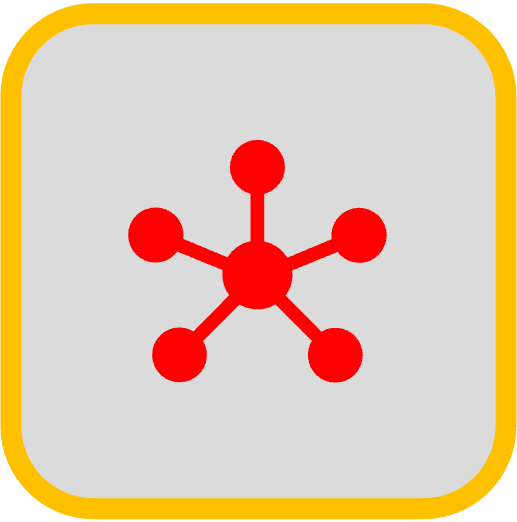About GenoCAD

Our Mission
GenoCAD is fueled by purpose: helping life scientists write and debug their ideas in DNA. We are not backed by venture capital—we embrace a lean philosophy that keeps us focused on what matters: building software tools that optimize the use of existing life science infrastructure to deliver the genetic tools researchers need to secure their next round of funding.
By combining automation, design standards, and transparent documentation, GenoCAD transforms genetic ideas into real-world applications—accurately, reproducibly, and at scale.
Built around a software-first model, we give scientists the ability to move faster, spend less, and build with confidence—even in resource-constrained environments.

Our Vision
We believe DNA is the language to program the development of products that save lives, feed the world, and build a sustainable future.
GenoCAD exists to make genetic design reproducible, scalable, and trustworthy—so life scientists can bring transformative products to market when they’re needed most.

Our Roots
The company was founded by Dr. Jean Peccoud, a pioneer in synthetic biology and the creator of the GenoCAD technology. Early developments were supported by the National Science Foundation and the National Institutes of Health, culminating in over a decade of research published in leading scientific journals.
The decision to create GenoCAD was driven by a desire to make the results of this research accessible to life scientists in academia and industry. Collaborations with our clients have exposed us to unexpected scientific challenges that now shape our research agenda. This need-based approach stands in contrast to traditional federally funded research models, which often push solutions that are difficult to align with real-world needs.

Our Operations
GenoCAD is built around a software-first approach to DNA engineering.
At the core of our operations is a proprietary software platform that enables us to design, track, and assemble plasmids with precision and efficiency. This technology allows us to operate lean—without the overhead of a traditional lab—while still delivering high-quality results.
Rather than performing every task in-house, we orchestrate a distributed supply chain composed of trusted partners in the DNA synthesis industry, sequencing providers, and contract research organizations (CROs). Our software coordinates these partners, automates logistics, and ensures end-to-end traceability.
This model provides flexibility, scalability, and resilience. We limit our in-house lab work to a few critical steps that cannot be outsourced, while outsourcing the rest to U.S.-based partners with specialized capabilities. This virtualization of experimental processes accelerates product development and reduces manufacturing costs—giving our clients access to the plasmids they need at a competitive price and with short turn-around times.

Why GenoCAD? Why now?
Because you need more plasmids than you can make.Because you need better plasmids than you can design.Because you need to focus on discovery—while we take care of your DNA.